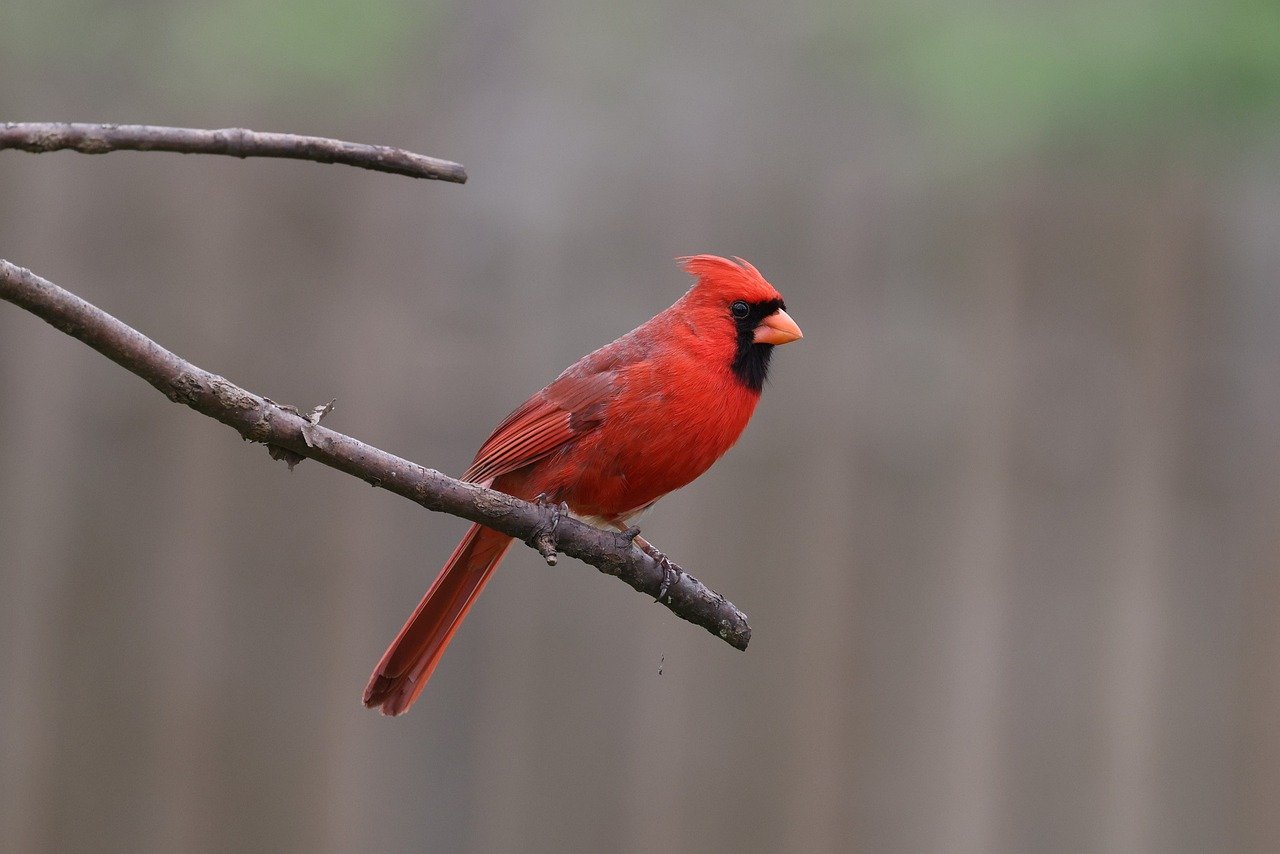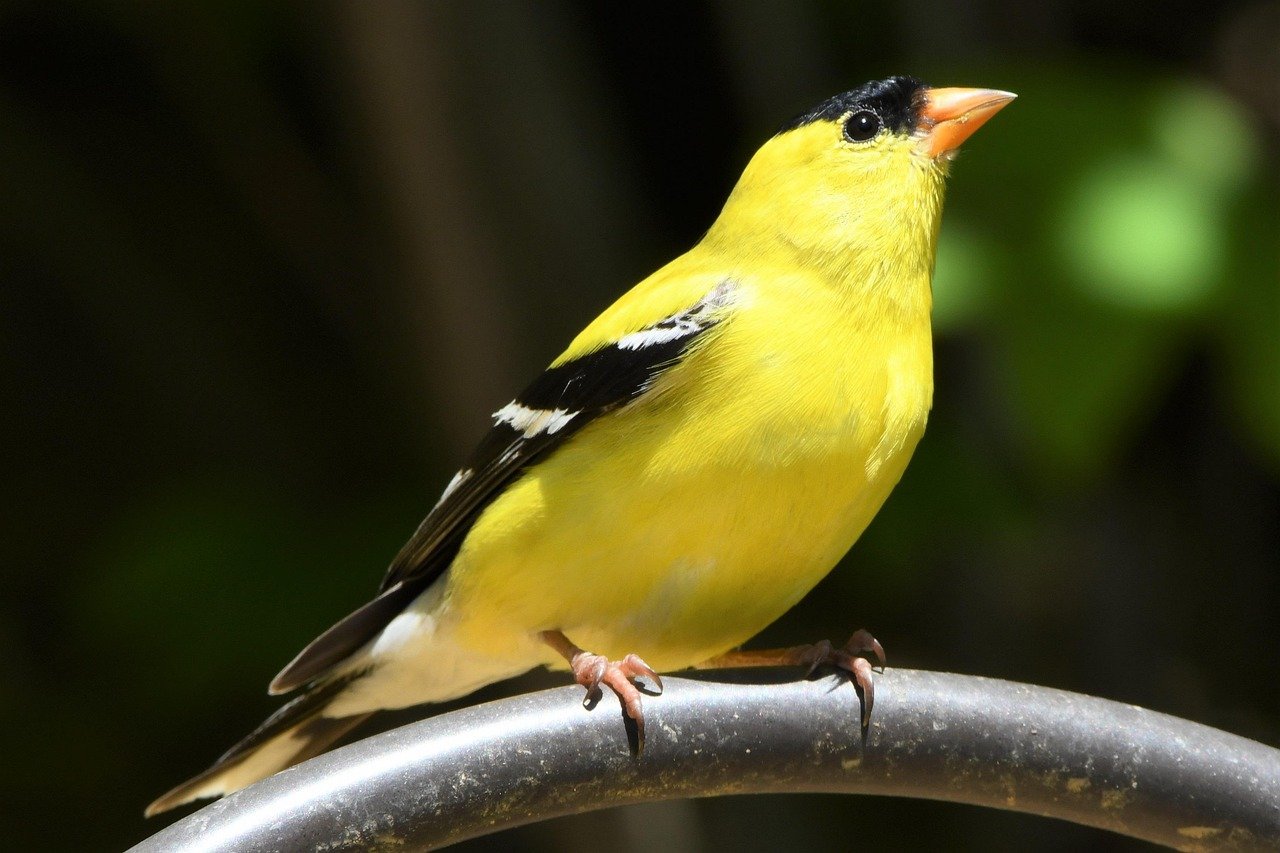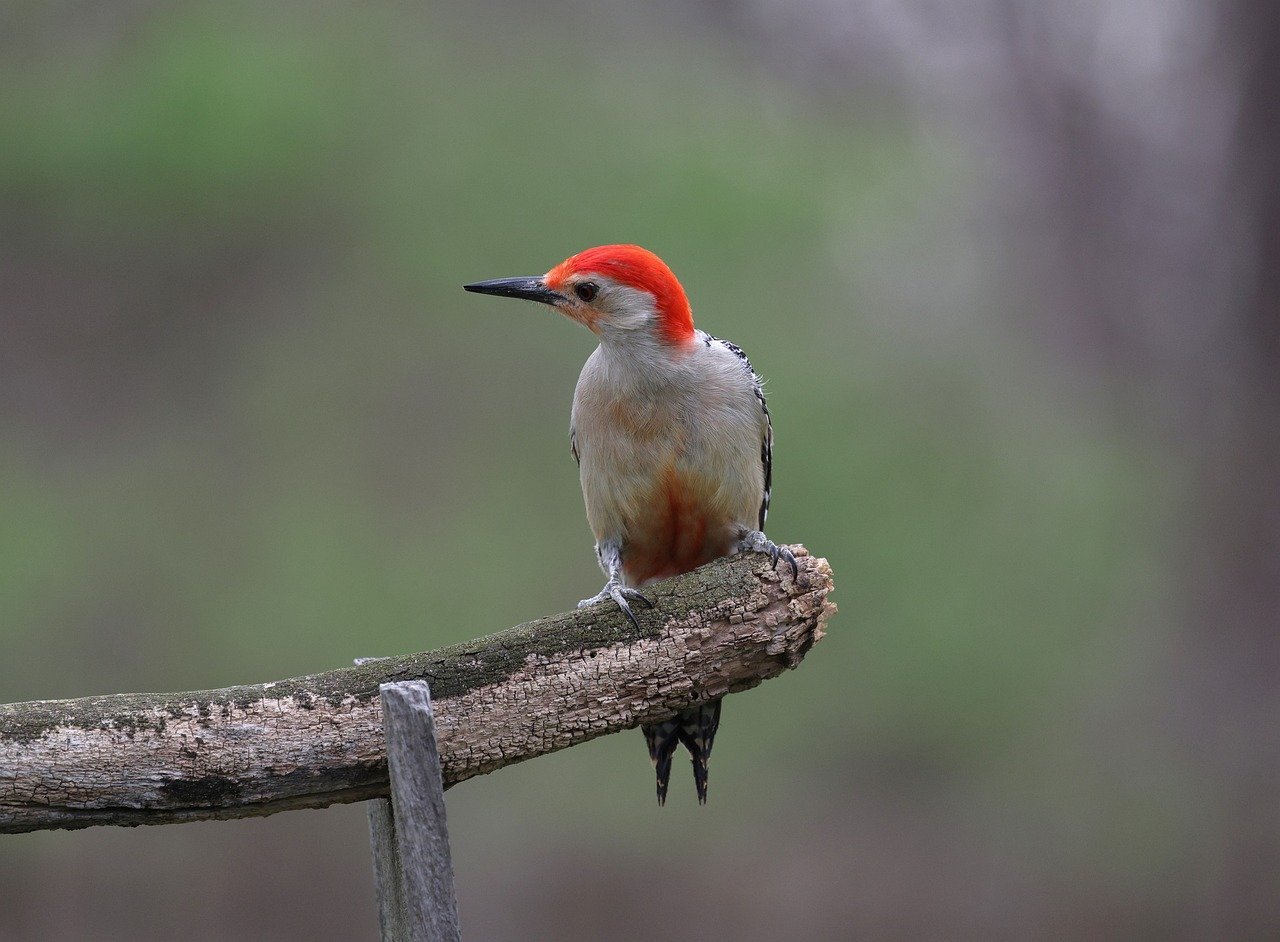Backyard birds bring beauty, song, and natural charm to our everyday spaces—but some are meant to be admired, not owned. Species like the American Robin, Northern Cardinal, and Eastern Bluebird play vital roles in their ecosystems and thrive best when left wild. While it’s tempting to want to keep these vibrant creatures close, their diets, migration habits, and social behaviors aren’t suited for captivity. Instead of caging them, you can support them with bird feeders, nesting boxes, and clean water sources. These simple gestures create a safe haven right in your yard. Caring for wild birds doesn’t mean keeping them—it means letting them stay free while helping them flourish.
Northern Cardinal: The Red Jewel of the Backyard

Northern Cardinals are like living rubies, bringing a flash of red to any garden or feeder. Their cheerful, whistling songs and striking plumage have made them favorites across the country. But what many people don’t realize is that these birds are fiercely territorial and thrive on their freedom. When kept in cages, cardinals often become stressed, lose their vibrant coloring, and even stop singing. Their natural behaviors, like foraging, nest-building, and raising chicks, are impossible to replicate indoors.
If you want to care for cardinals, offer them a safe haven with native shrubs and trees. Provide a clean birdbath and seed mix—especially sunflower seeds—and watch them flourish. By leaving them wild, you’re giving them a life filled with adventure and joy. A caged cardinal is a muted shadow of the bold bird you love; let their spirit soar where it truly belongs.
Blue Jay: The Backyard Trickster
Blue Jays are the pranksters of the bird world. With their bright blue feathers and raspy calls, they’re impossible to ignore. These clever birds are known for their intelligence and problem-solving skills, often outsmarting other birds (and sometimes humans) for the best snacks. But their lively personalities demand wide open spaces, where they can stash acorns, mimic other birds, and play chase with their friends.
Trying to keep a Blue Jay as a pet is a recipe for frustration—for both bird and human. Jays become bored and destructive in confinement, and their complex social behaviors can’t be properly expressed in a cage. Instead, fill your backyard with oak trees, offer peanuts in the shell, and enjoy watching their antics from a respectful distance. Blue Jays need room to thrive and the wild to challenge their wits.
American Goldfinch: The Flying Sunbeam

Few sights are as uplifting as a flock of American Goldfinches darting among the thistles. Their lemon-yellow feathers seem to glow in the summer sun, and their sweet, tinkling songs bring a sense of joy to any garden. Goldfinches are highly social, constantly flitting from plant to plant and foraging for seeds with their flock.
Caging a goldfinch strips it of everything that makes it special. These birds need to fly and interact with fellow goldfinches, engaging in aerial dances that no aviary can mimic. If you want to support goldfinches, plant native sunflowers and thistles. Offer them nyjer seed feeders, and let their natural beauty unfold in your backyard. A goldfinch’s happiness comes from freedom, not from being a decorative pet.
Baltimore Oriole: The Orange Songster
Baltimore Orioles look as if they’ve been dipped in orange paint, with voices as sweet as their plumage. They’re famous for their hanging, pouch-like nests and their love of fruit and nectar. Orioles migrate long distances each year, relying on a wide range of habitats to survive and thrive.
Captivity is especially cruel to orioles, who need variety in their diet and lots of space for exercise. The stress of confinement can even shorten their lives. Instead of trying to keep an oriole as a pet, hang orange halves and nectar feeders in your yard. Plant native trees like elms and maples to attract them. Watching a wild oriole swoop in for a snack is far more rewarding than seeing one behind bars.
American Robin: The Early Morning Worker
American Robins are the first to greet the dawn, hopping across lawns in search of earthworms. Their cheerful presence signals the start of spring, and their melodious songs fill neighborhoods with hope. Robins are highly adaptable, building nests in the oddest places and teaching their young to survive in the urban jungle.
Despite their familiarity, robins fare poorly in captivity. Their diets are complex, requiring fresh insects and fruits, and they’re prone to stress-related illnesses when confined. Helping robins means maintaining a healthy yard—leave leaf litter for worms, offer fresh water, and avoid pesticides. Let robins do what they do best: bring new beginnings to every sunrise.
Downy Woodpecker: The Tiny Drummer
Downy Woodpeckers are the smallest woodpeckers in North America, but they pack a punch. Their rhythmic tapping echoes through the woods as they search for insects hiding in tree bark. Downies are curious, acrobatic, and surprisingly friendly at feeders, often hanging upside down to grab a treat.
Woodpeckers’ unique needs—like tree cavities for nesting and a steady supply of bugs—make them terrible pets. In captivity, their natural drumming turns into frustrated pecking, and they can injure themselves on cage bars. To support Downy Woodpeckers, leave dead trees standing if it’s safe, and offer suet feeders. Their wild drumming is nature’s music, best enjoyed outdoors.
Eastern Bluebird: The Symbol of Happiness
Eastern Bluebirds are often called “the bluebirds of happiness,” and it’s easy to see why. Their gentle songs and brilliant blue wings bring a sense of peace to any scene. Bluebirds nest in tree cavities and rely on open spaces to hunt for insects.
When confined, bluebirds become withdrawn and depressed, losing their natural zest for life. Instead of caging these gentle spirits, put up nest boxes in your yard and keep them free of invasive species like house sparrows. Offer mealworms and keep your yard pesticide-free. A wild bluebird is a living symbol of hope, and they thrive only when free.
Red-bellied Woodpecker: The Bold Explorer

Red-bellied Woodpeckers are truly stunning, with their zebra-striped backs and bright red caps. They’re adventurous, often exploring every nook and cranny of a backyard in search of food. Their calls are loud and distinctive, echoing through the trees with infectious energy.
These explorers need a vast territory to satisfy their boundless curiosity. Captivity dulls their senses, leading to boredom and stress. To care for red-bellied woodpeckers, install suet feeders, preserve mature trees, and watch as they investigate every inch of your yard. Their wild spirit is a joy to witness, but it belongs in the treetops, not in a cage.
Ruby-throated Hummingbird: The Living Jewel
Ruby-throated Hummingbirds are like tiny, flying emeralds, their wings buzzing at incredible speeds. They migrate thousands of miles each year, crossing the Gulf of Mexico in a single, heroic flight. Their energy and grace make them a wonder to behold.
Hummingbirds cannot survive in captivity; their need for constant flight and specialized nectar is impossible to meet in a home. To help them, plant native flowers rich in nectar and hang hummingbird feeders with clean sugar water. These living jewels bring magic to any garden, but their freedom is non-negotiable.
Cedar Waxwing: The Social Butterfly
Cedar Waxwings are the socialites of the bird world, moving in tight-knit flocks and sharing berries with one another. Their sleek, masked faces and soft, silky feathers give them an air of quiet elegance. Waxwings love to feast on fruit, especially in winter, often passing berries from beak to beak in a charming display of togetherness.
Captivity strips waxwings of their social bonds, leaving them lonely and confused. Their diets are hard to replicate, and they often become sick when separated from their flock. If you want to care for waxwings, plant native berry bushes and enjoy their gentle presence as they pass through. Their happiness depends on the company of their kind and the open sky.
As we look out at our backyards filled with color, song, and life, we’re reminded that the best way to love these birds is to let them remain wild. So, while it might be tempting to bring these feathered beauties indoors, the best way to love them is by letting them stay wild and free. Offering fresh water, birdseed, and safe nesting spaces gives them the care they need—without the cage. These backyard birds thrive when they can sing, soar, and nest on their own terms. Respecting their wild nature is not only kinder, it helps keep our shared ecosystems healthy and vibrant. Their freedom is their joy, and our care is best shown by protecting their habitats, offering food and water, and simply watching in awe as they dance through the world.

Linnea is a born and bred Swede but spends as much time as possible in Cape Town, South Africa. This is mainly due to Cape Town’s extraordinary scenery, wildlife, and atmosphere (in other words, because Cape Town is heaven on earth.) That being said, Sweden’s majestic forests forever hold a special place in her heart. Linnea spends as much time as she can close to the ocean collecting sea shells or in the park admiring puppies.





